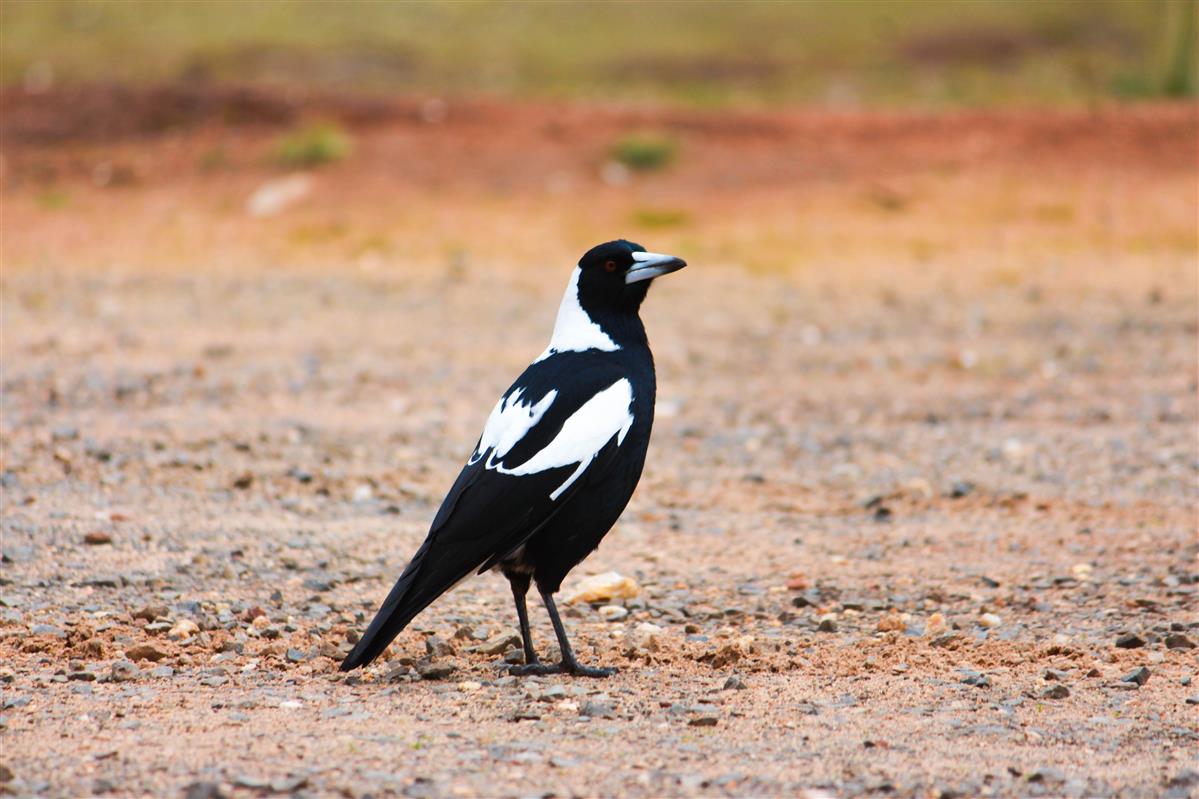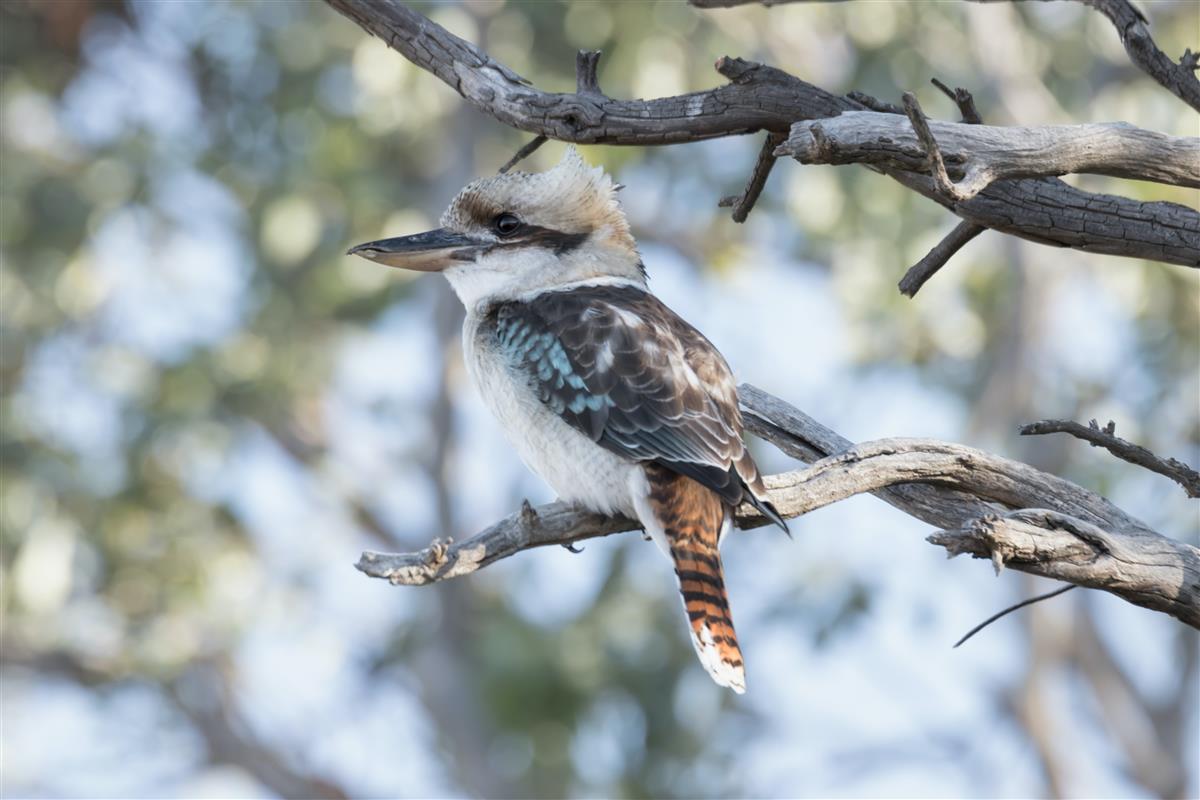Spring has finally arrived and so has magpie swooping season. I was recently swooped at early July by a magpie repeatedly around five or more times in a row which in itself was a pretty terrifying experience. It just wouldn’t leave me alone until I had left its territory, although it was quite happy to ignore the man on the other side of the road. For others, there can be disastrous consequences, such as the tragic death of a baby in Brisbane after a magpie swooped her mother, although deaths caused by magpies are very rare.
As a keen walker, I have decided not to let my magpie experience put me off walking (although I still cringe whenever I hear a bird flying close by). Instead, I want to share my experience and top tips with you to help you stay safe.
If you love to walk, here’s everything you need to know about avoiding getting swooped so you can enjoy the warmer spring weather without ducking for cover every time you hear a flapping of wings overhead.

Why do magpies swoop?
Magpies typically swoop during breeding season to protect their young as well as deter potential predators such as dogs, cats and other magpies from approaching their nest. Magpies tend to only swoop when their chicks have hatched up until they leave the nest and can swoop both pedestrians and cyclists who stray into their territory. They must like me as I have been swooped both as a pedestrian and a cyclist in different areas of Sydney! Interestingly, only 10 per cent of male magpies swoop people according to research, which might be due to a past bad experience with people, making them more likely to swoop people if they come close by.
When is magpie swooping season?
Magpie swooping season typically occurs during a magpie’s breeding season which can fall from August to October or as late as November. However, this year, swooping season began in early July which caught me out. A magpie however only tends to swoop for around six to eight weeks from when the eggs are first laid until the fledglings leave the nest. Of course, each individual magpie’s swooping behaviour can occur at different times so it’s best to keep a mental note of which of your neighbourhood’s magpies are swooping when. Usually, swooping season should be all done and dusted by November.
How to avoid getting swooped?
There are many precautions you can take to avoid getting swooped at. Firstly, avoid the area at all costs, usually for around six to eight weeks until the swooping is all over. Usually, you might notice a magpie swooping so you can adjust your route, or perhaps another walker might give you a heads up (after possibly being swooped at themselves!). Trust me – they would want to let you know – I was warning everyone to turn around!
If, however, you have no choice but to walk that route then you can try a few things:
- Walk with an open umbrella above your head even if it’s not raining
- Walk with a stick above your head – but don’t wave it
- Wear a hat and sunglasses to protect your head and eyes
- Walk quickly, but don’t run or stop
- Walk in groups, as magpies typically target solo walkers
- Place a sign up nearby to warn others or let your local council know so they can install a sign for the period
- Look at Magpie Alert which shows areas where users have reported swooping incidents
- Stare down the magpie – they usually approach from behind and are less likely to swoop if you look at them
- Wear sunglasses on the back of your head
For cyclists
- Dismount your bike and walk your bike through the magpie’s territory
- Attach sticks, spikes or straws to your helmet
- Attach streamers on a stick to your bike or backpack
If all else fails, place an ice cream bucket or cardboard box on your head with a pair of eyes at the back! That will definitely do the trick!
What not to do?
- Don’t harass magpies such as chasing them, waving your arms or throwing things or shouting
- Don’t pick up a fledgling as this can be seen as threatening behaviour. The parents tend to be close by.
- Don’t run
- Don’t feed them – they may become your friend, but can have negative effects on the bird including becoming dependent on being fed and getting disease

What happens when a magpie swoops?
Magpies can be aggressive when harassed in their territory, usually around 50 metres from their nest. Magpies usually swoop from behind and will just clear your head. Some will strike the top of your head with their wings, beak or claws so try to protect your head and eyes by wearing a wide brimmed hat and glasses. You will also hear them flapping before they swoop at you.
What birds swoop?
It’s not just Australian magpies that swoop, although they cause the most concern. Magpie-larks, Plovers (Masked Lapwings), Grey Butcher Birds, Red Wattlebirds, and Laughing Kookaburras are also known to swoop during nesting season.

What are magpies like when not swooping?
For most of the year outside of breeding season, magpies are a wonderful bird that are common in our gardens, parks and national parks. They can live for approximately 25 to 30 years and are very territorial and protective, often living in the same area their entire lives. They are easily identified by their cheerful chortling and are extremely curious and friendly. In fact, magpies are very smart and are known to recognize and remember individual people’s faces for many years. This may be why some magpies will swoop at those who previously displayed threatening behaviour towards them and leave those alone who have been nice. (Note – I think my magpie attacker definitely had a vendetta against humans as I was definitely minding my own business!).
Stay safe everyone and let me know if you have any other tips to avoid being swooped at.